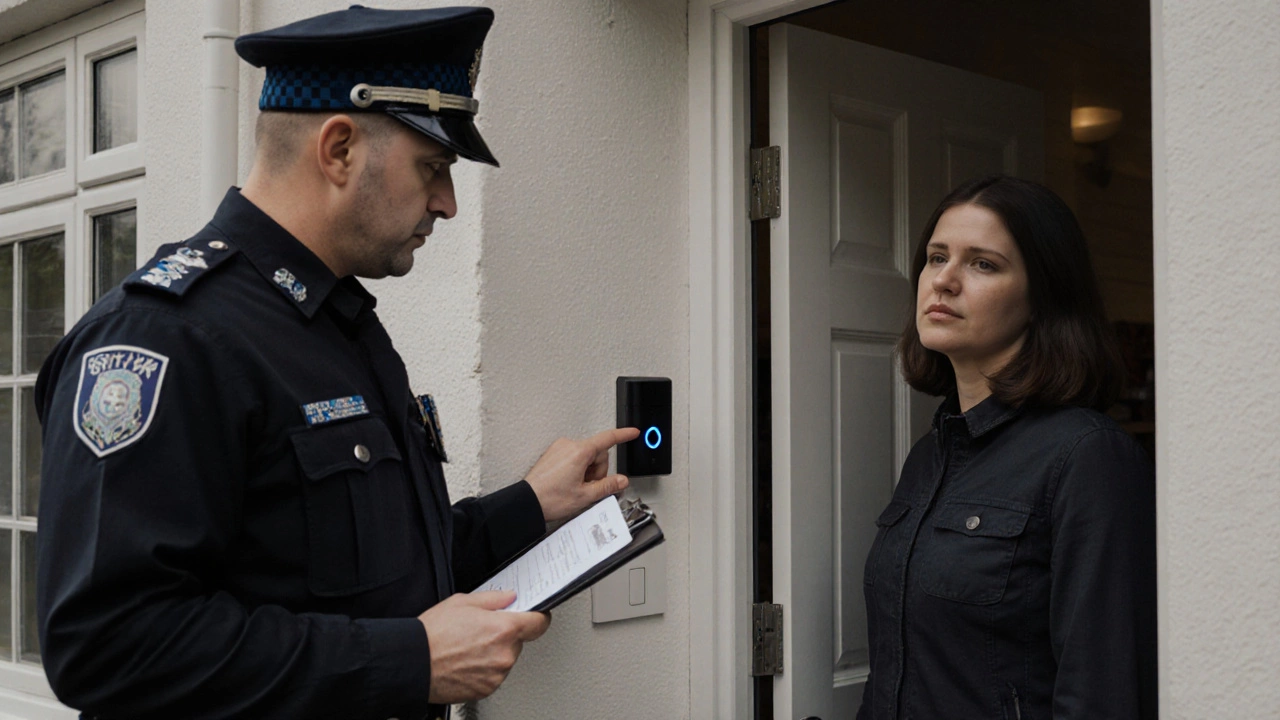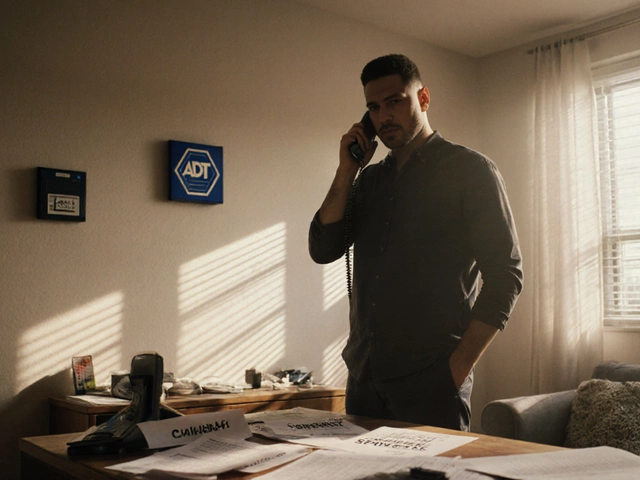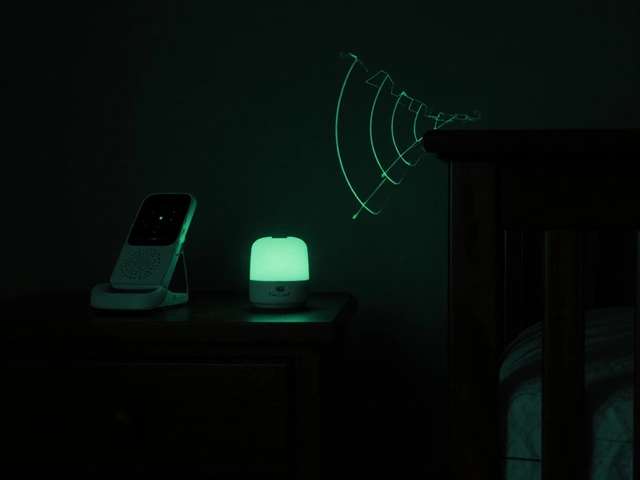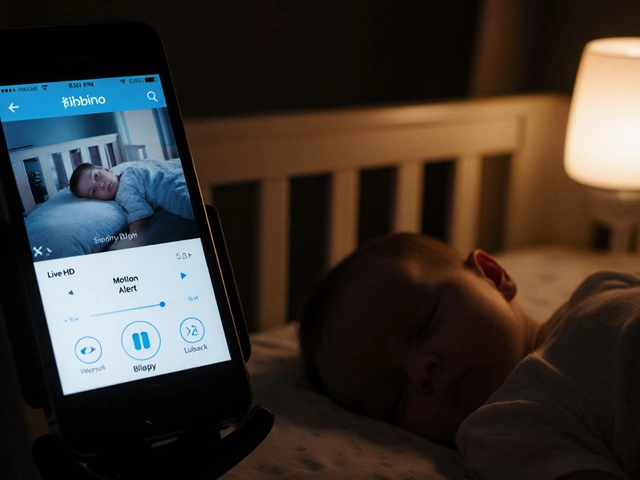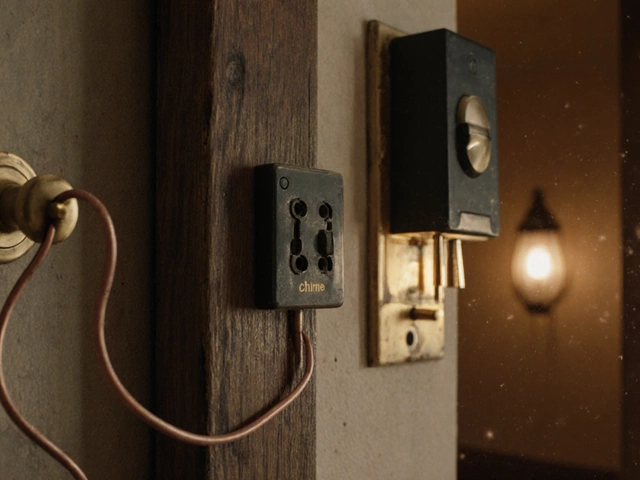Key Takeaways
- UK police can ask to see Ring footage, but they usually need a legal basis such as a warrant or your consent.
- The Police and Criminal Evidence Act 1984 (PACE) and the Data Protection Act 2018 set the rules.
- You have the right to ask why the footage is needed and to refuse without a warrant.
- Storing Ring videos securely makes it easier to comply if a legitimate request arrives.
- Know the steps to take if officers show up at your door asking for access.
TL;DR - What the Law Says
In the UK, police cannot simply walk up to your front door and demand to see your Ring doorbell police request is a smart video doorbell that records footage of anyone approaching your home. It stores video in the cloud and can be accessed via a mobile app.. They need either your consent, a statutory power (like under PACE), or a court‑issued warrant. If they show a warrant, you must comply. If they just ask, you can ask for identification and the legal reason before handing over anything.
Legal Framework Behind Police Requests
Several pieces of legislation shape what the police can do:
- Police and Criminal Evidence Act 1984 (PACE) gives officers powers to seize evidence, but only after a reasonable suspicion and often with a warrant.
- Data Protection Act 2018 mirrors GDPR and protects personal data, meaning your Ring recordings are personal data.
- The Human Rights Act 1998 safeguards the right to privacy under Article 8.
- The Criminal Justice Act 2003 allows courts to order disclosure of electronic evidence.
These laws intersect: PACE tells the police when they can seize evidence, while the Data Protection Act tells you how that evidence must be handled.
When Can Police Actually Ask for Your Ring Footage?
In practice, officers usually fall into one of three scenarios:
- Voluntary consent: An officer asks, “May we see the footage from your Ring?” You can say yes or no. If you agree, they can view it but cannot force you to hand over a copy.
- Statutory power without a warrant: Under certain sections of PACE (e.g., Section 7), police can seize material they believe is relevant to an investigation, provided they have reasonable suspicion. They must still identify themselves and show a written authority.
- Warrant or court order: If a magistrate or judge issues a warrant, you are legally required to provide the footage. The warrant will specify what time period and which cameras are covered.
If the request feels vague or the officer can’t produce a warrant, you are within your rights to ask for clarification before complying.
Your Rights as a Homeowner
Knowing your rights helps you stay calm if police knock:
- Ask for identification: Officers must show a warrant card and name.
- Ask for the legal basis: Request to see the written authority. Without it, you can politely decline.
- Know the difference between "request" and "seizure": A request is optional; a seizure under PACE is not, but it still requires reasonable suspicion.
- Exercise the right to legal counsel: You can request a lawyer before handing over any data.
- Document the interaction: Take notes on officer names, badge numbers, and the time of the visit.
How to Prepare Your Ring Doorbell for a Legitimate Request
Preparation makes compliance painless and protects your privacy:
- Enable secure cloud storage: Use Ring’s encrypted cloud service and set a strong password.
- Keep a log of saved footage: Note dates and any deletions; this helps you answer “Which video are they after?”
- Know where your data lives: Ring stores videos on Amazon Web Services (AWS) servers in the EU, which are subject to GDPR.
- Set up two‑factor authentication (2FA): Reduces the chance of unauthorized access.
- Back up important clips locally: An external hard drive or encrypted USB can serve as a quick copy if a warrant arrives.
Step‑by‑Step: What to Do If Police Show Up
Follow this checklist to stay in control:
- Stay calm and open the door.
- Ask to see the officer’s name, badge number, and the written authority (warrant or PACE power).
- If they only request, politely decline or ask for a written request you can keep.
- If a warrant is presented, verify the date, scope, and the court that issued it.
- Contact a solicitor before handing over any footage, especially if the warrant seems overly broad.
- If you agree to comply, provide access through the Ring app or a signed copy of the video. Do not give away passwords without a legal order.
- Document the entire interaction and keep a copy of the warrant for your records.
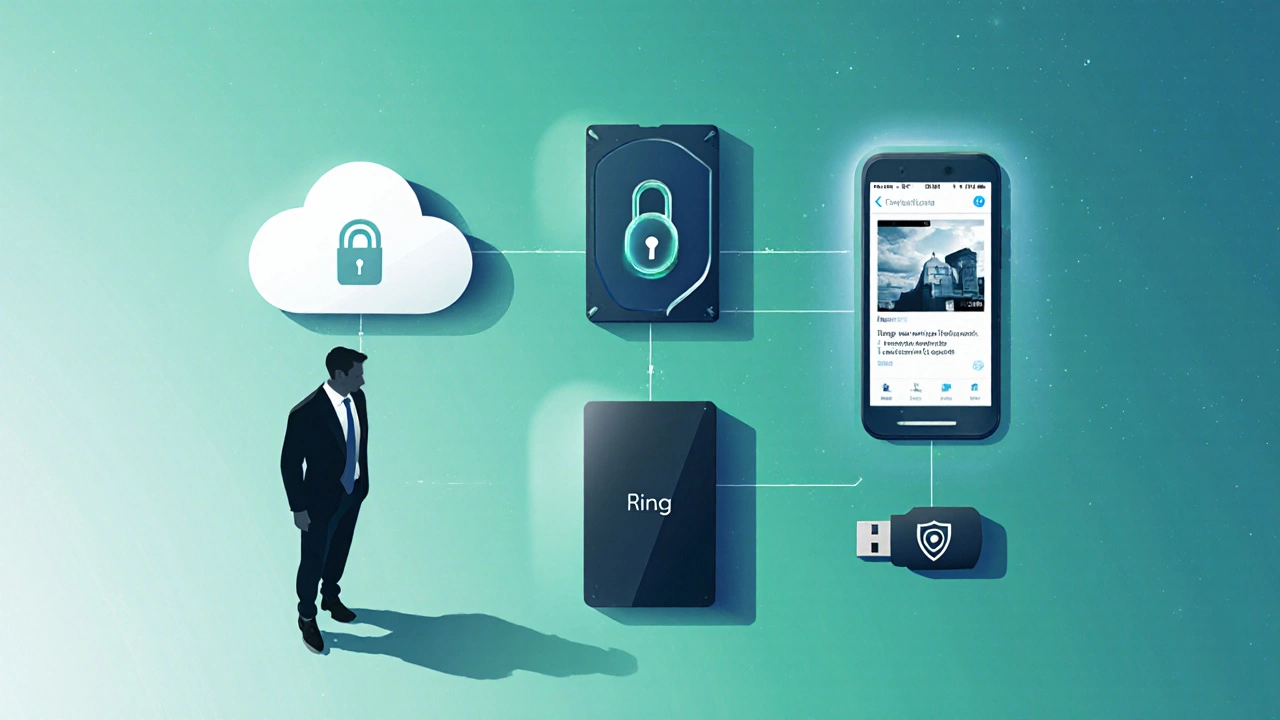
Common Pitfalls and How to Avoid Them
Even well‑meaning homeowners can slip up:
- Giving passwords outright: Only share the video, not your login credentials, unless a court orders it.
- Deleting footage before a request: That could be seen as obstructing justice and may lead to further legal trouble.
- Assuming “consent” equals waiving rights: You can still request legal advice before handing over data.
- Ignoring the Data Protection Act: Mishandling personal data can result in fines from the ICO (up to £17.5million).
Comparison Table: Police Request vs. Warrant vs. Court Order
| Access Type | Legal Basis | Need for Warrant? | Homeowner Consent Required? | Typical Use Case |
|---|---|---|---|---|
| Voluntary request | Policing policy / goodwill | No | Yes (you can say no) | Missing person or immediate safety check |
| Statutory seizure (PACE) | Police and Criminal Evidence Act 1984, Section 7 | No (but written authority needed) | No (reasonable suspicion overrides) | Ongoing criminal investigation |
| Warrant / Court order | Criminal Justice Act 2003 / Magistrates' Court | Yes | No (legal compulsion) | Prosecution evidence, serious crime |
Mini‑FAQ - What People Ask About Police and Ring Footage
Frequently Asked Questions
Can police take my Ring footage without a warrant?
Under PACE, police can seize evidence if they have reasonable suspicion and a written authority, but they still need to show you that authority. A full warrant is only required for more extensive or intrusive searches.
Do I have to give my Ring password to the police?
No. You can provide the specific video clip they need. Giving away your login details is rarely required and could violate data‑protection rules unless a court explicitly orders it.
What should I do if an officer shows me a warrant?
Check the warrant’s date, scope, and issuing court. Contact a solicitor immediately, then comply by providing the requested footage within the limits of the warrant.
Can I delete Ring footage after the police have seen it?
Deleting before a lawful request can be seen as obstruction. After a lawful request, you may delete, but keep a copy of the footage you handed over as evidence of compliance.
Is there a limit to how far back police can request my Ring videos?
A warrant will specify the time frame. Without a warrant, police can only ask for footage that is immediately relevant to an ongoing investigation.
Bottom line: police can ask, but they need a legal reason. Knowing your rights, keeping your Ring data organized, and having a solicitor on speed‑dial puts you in the driver’s seat.

